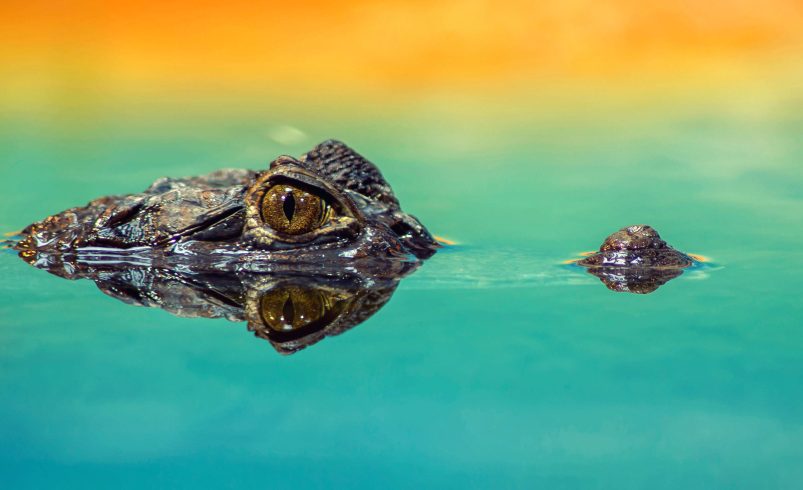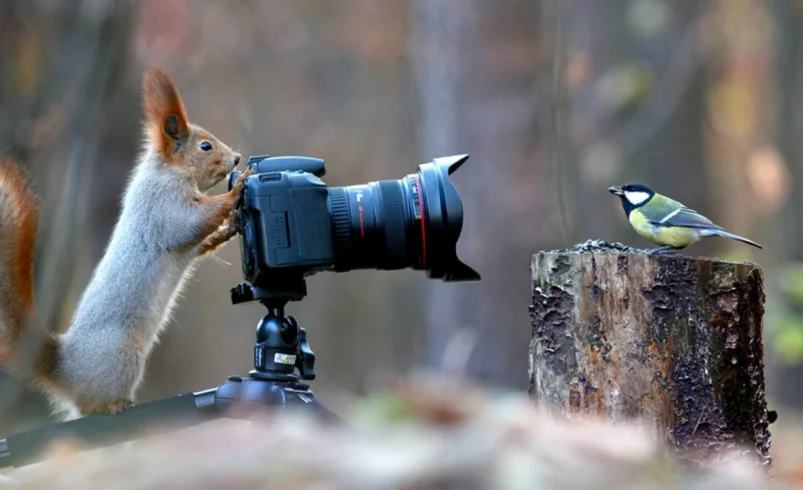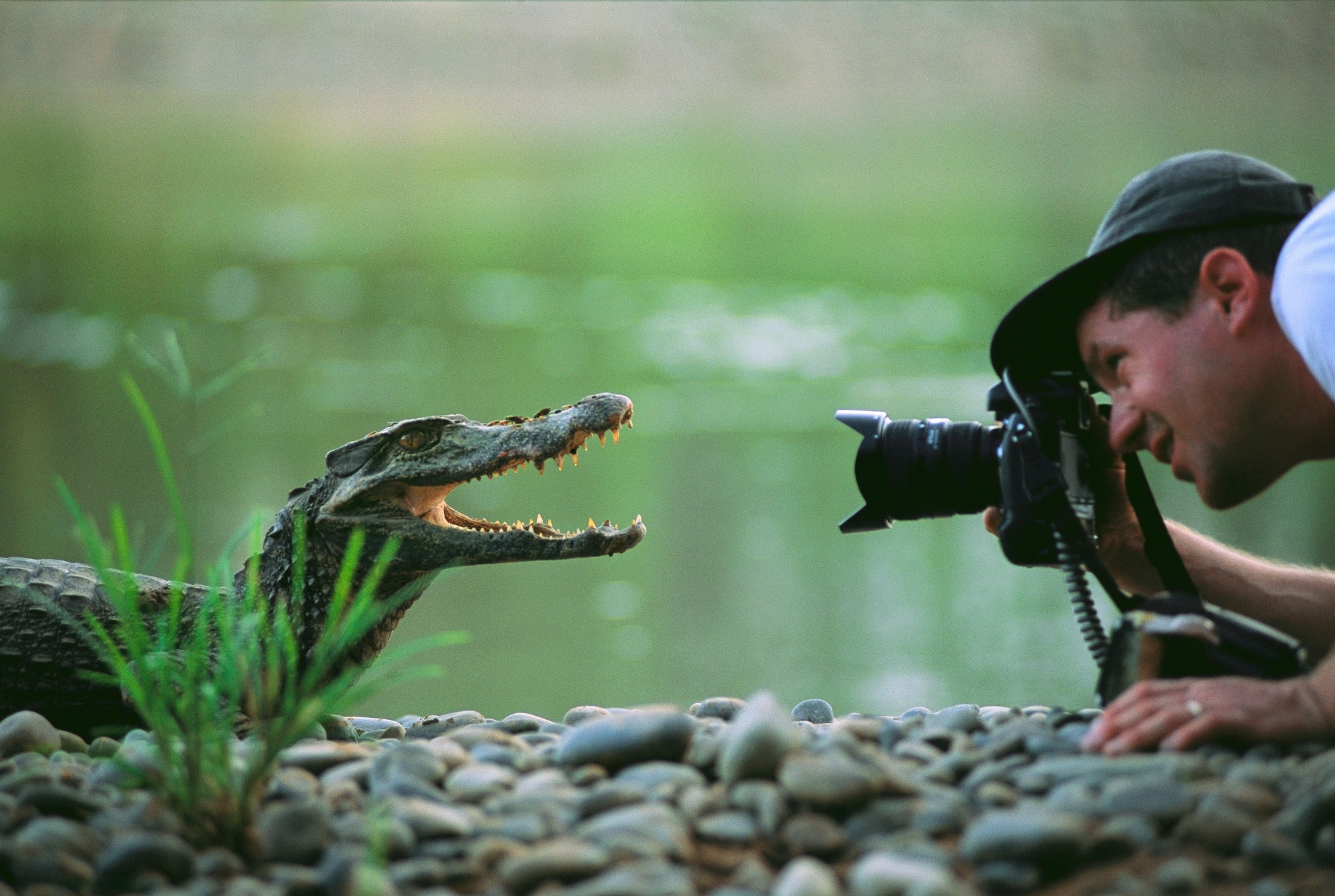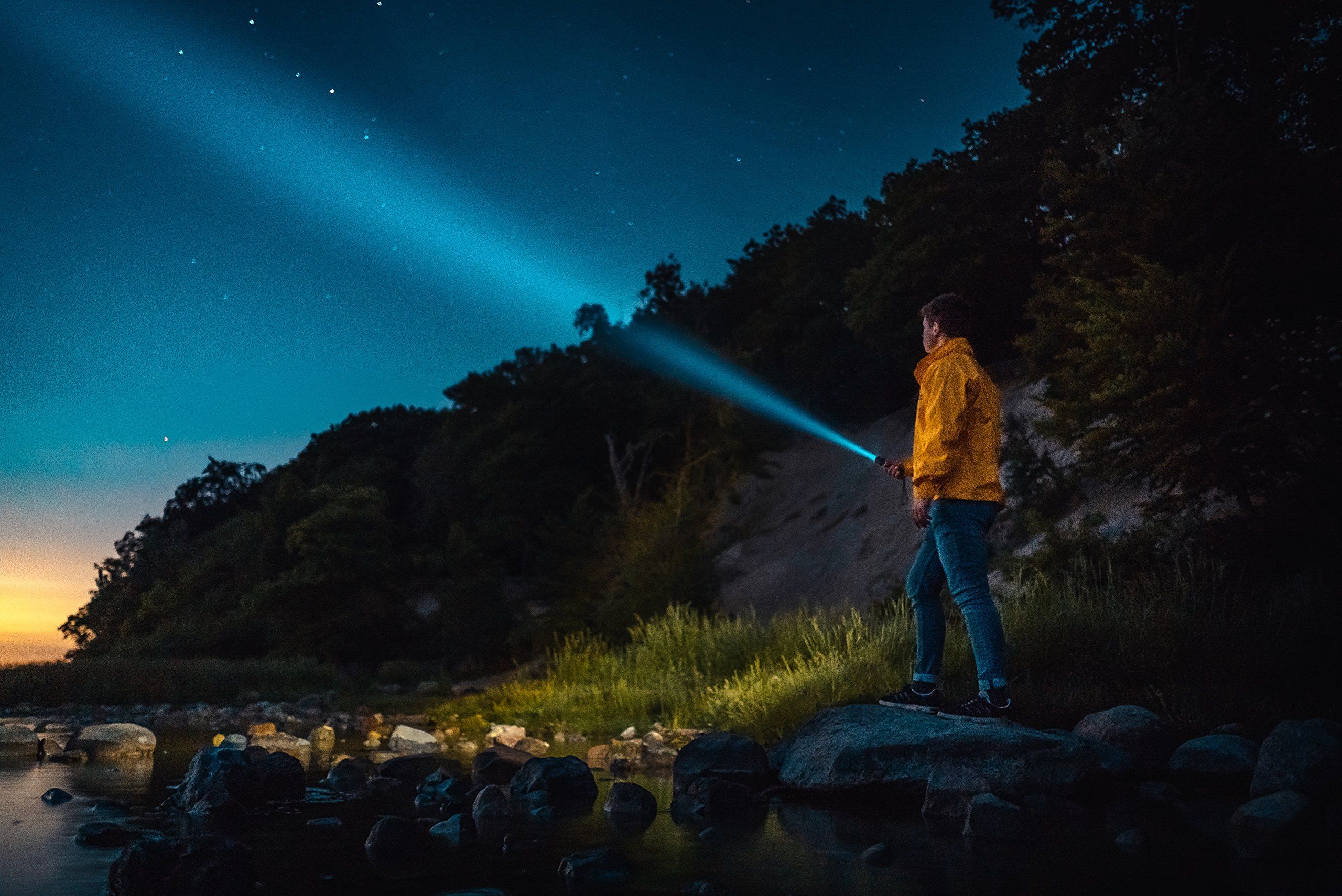Fall For The Wild

Autumn colors provide a uniquely beautiful backdrop for wildlife photographs Fall ushers in new frontiers for wildlife photography. The shortening of the days profoundly both plants and animals, and there’s a sense of quickening to everything, an in the air that’s contagious. Fall wildlife photography provides perhaps the best opportunity to show the connection between animals and their habitats in colorful, vivid ways.

It’s a crucial season for wildlife . Animals are either preparing for migration with its host of challenges or hunkering down in place for winter and the lean, the times that season inevitably means for any creature that lives outdoors 100 percent of the time. Blue jays and squirrels are busily gathering and stashing acorns, migrating warblers are alternately resting and frenzy feeding before continuing for thousands of miles to their wintering grounds. Though birds and many animals are done raising families until the spring, autumn means mating season for some ungulates such as elk and moose. The young of many species, like foxes, are dispersing from their families and learning to survive on their own.
Finding Your Subject
This fall, consider investing time in photographing a particular species that interests you. I firmly believe that spending deep time with one species is the best way to come away with unique and powerful images. Of course, this may mean traveling to a place where that species can readily be seen, such as moose in , Wyoming; the elk of Benezette, Pennsylvania; or the black bear.
Look locally for a spot where animals congregate because of food, or water. This time of year, birds are particularly sociable, gathering and moving about in flocks. This is true for birds from warblers to waterfowl. cities and suburbs are a particularly good place to find them, as they are often more concentrated due to limited habitat and more accustomed to people on foot. Ducks, in particular, are done with their molting process and are back to sporting “basic plumage” when they look their best.

Head For The Water
A portrait of a bird, insect or lizard in the water can go from pleasing to extraordinary when surrounded by the reflection of colorful leaves. Look for the still water of a pond or lake, or the moving water of a stream or river for different creative possibilities. More than at any other time of year, water offers the potential for stunning photos in fall. In fact, you don’t even need a wild subject when you have color reflected—the reflections alone can be your subject, whether they are simply abstracts or recognizable objects like leaves or buildings.
Keep in mind that the height from which you photograph will make a big difference. If you want a reflection, you won’t want to be too low. When you find a good situation, make sure you really work it. Try different heights to see what offers the most compelling composition and color. Get inventive and find ways to elevate yourself. With moving water, use a long to make it look silky. Consider bringing along a polarizing filter to down on glare from the surface of the water.




